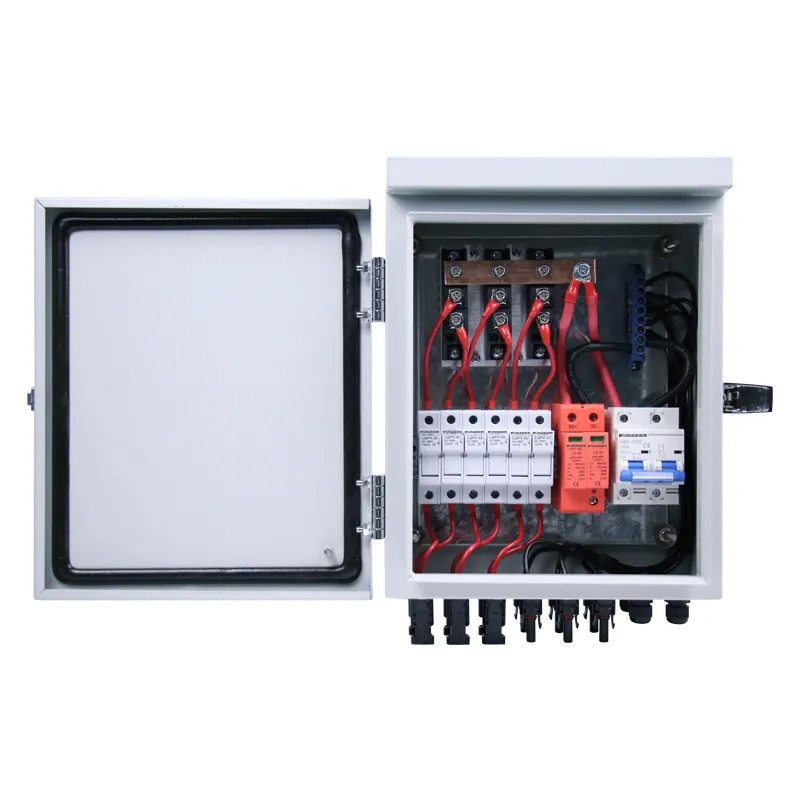Optimizing PV Combiner Box Layout for Reduced Energy Loss and Cost Efficiency
Photovoltaic (PV) combiner boxes are critical components in solar power systems that consolidate outputs from multiple solar panel strings into fewer conductors going toward inverters or controllers. While their electrical function is straightforward, the layout and positioning of combiner boxes within a solar installation profoundly impact system efficiency, cost, and maintainability. Optimizing combiner box layout helps minimize energy loss, reduce wiring and materials costs, and facilitate easier system monitoring and servicing.
1. Understanding Energy Loss in PV Combiner Boxes
Energy loss in solar power systems can occur due to resistance in wiring, connections, and internal combiner components. Excessive cable length between solar arrays and combiner boxes results in voltage drop and power dissipation as heat. Additionally, poor connections or undersized conductors inside the box can cause resistive losses that reduce overall system efficiency.
2. Minimizing Cable Lengths and Wiring Complexity
Strategic placement of combiner boxes close to the solar panel arrays reduces the length of DC cables, lowering resistance and material usage. Distributing modular combiner boxes across the site rather than using a single centralized unit can reduce cable runs significantly. However, designers must balance this with the cost and complexity of installing multiple boxes.
3. Selecting Proper Wire Gauge and Quality Components
Using cables with adequate cross-sectional area reduces resistance and heat buildup. High-quality copper wiring, corrosion-resistant connectors, and well-rated terminal blocks inside combiner boxes ensure reliable low-loss connections. Oversizing wiring slightly can future-proof the installation and prevent overheating under high load or temperature conditions.
4. Modular vs Centralized Layouts
Modular layouts involve placing smaller combiner boxes near each array segment, minimizing cable lengths but increasing the number of enclosures and installation points. Centralized layouts use a single large combiner box, simplifying monitoring but requiring longer cable runs. A hybrid approach is common in large installations, with multiple centralized boxes feeding into a main combiner.
5. Impact on Installation and Maintenance Costs
An optimized layout reduces the amount of wiring and conduit, saving on material and labor costs. Easier access to combiner boxes for inspection and repair lowers maintenance time and expense. Labeling and documenting combiner box locations clearly further facilitate efficient servicing.
6. Best Practices for Layout Optimization
- Perform a thorough site survey and electrical load analysis during design.
- Use electrical simulation software to model voltage drops and losses.
- Place combiner boxes within easy access zones for technicians.
- Plan for future expansions with modular and scalable designs.
- Ensure weatherproof and secure mounting to protect equipment longevity.
Conclusion
Optimizing the layout of PV combiner boxes is a key step toward maximizing solar system performance and cost-efficiency. Thoughtful design minimizes energy loss, reduces material and labor costs, and improves system maintainability. By considering cable length, wiring quality, and layout type early in the planning phase, installers and engineers can build more reliable and economical solar power plants.



